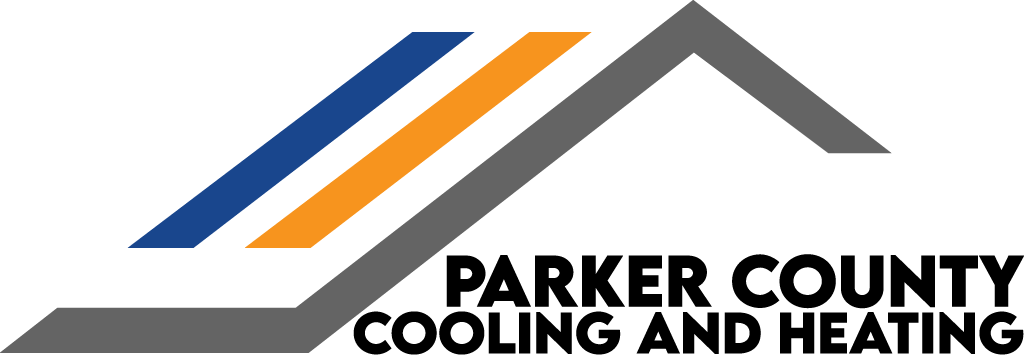
To avoid rising energy costs and work toward a more sustainable life, many homeowners are looking for ways to enjoy the same standards of comfort while reducing utility bills. As part of the Inflation Reduction Act, federal tax credits are available for upgrading to more efficient HVAC systems, such as air conditioners. These credits offer significant savings, provided that homeowners choose qualifying equipment and submit the right paperwork.
If you’re worried about a long, complicated process, maybe we can help! Parker County Cooling & Heating hopes this guide will give you everything you need to earn these HVAC tax credits in 2024. Here’s what you’ll need to do.
How Do These Tax Credits Work?
These valuable tax credits for boosting your home’s energy efficiency are just one portion of the recent Inflation Reduction Act. Energy costs affect everyone, so helping homeowners upgrade to higher efficiency utilities can benefit everyone. The primary goal of these credits is to reduce the cost of installing high efficiency upgrades. The two we’ll cover are the Residential Clean Energy Credit and the Energy Efficiency Home Improvement Credit.
Don’t forget, to be eligible for tax credits, you’ll have to fill out IRS Form 5695. Additionally, this form is submitted within the same tax year any upgrades were installed, not bought.
Energy Efficiency Home Improvement Credit
Through 2032, the Energy Efficiency Home Improvement credit empowers homeowners by offsetting up to $3,200 every year for installing higher efficiency home upgrades. This amounts to 30% of the total project’s cost. Keep in mind that in order to be eligible for the maximum amount, it involves making different investments. For example, you’ll save up to $2,000 for a new, high-efficiency heat pump. This can be combined with the remaining $1,200 in credits for other eligible upgrades made within the tax year.
While heat pumps are a great use of the program, other HVAC upgrades like efficient furnaces and air conditioners also qualify. You should confirm the make and model’s energy efficiency rating is sufficient to qualify.
Residential Clean Energy Credit
The Residential Clean Energy Credit provides 30% savings on a wide range of residential clean energy equipment upgrades. Eligibility is restricted to homeowners looking for new clean energy solutions for their home. While the Home Improvement Credit focuses on utilities and HVAC systems, this credit is more about renewable energy sources like solar and wind energy.
Some key details of this tax credit include the requirement that installation must occur between 2022 and 2032. But at the same time, homeowners can keep the excess credit to reduce future taxes. This is a great way to soften the entry into investing in clean energy.
Additional Qualifications for Energy Tax Credits
Because HVAC systems are one of the biggest expenses on your energy bill, these tax credits offer more access to the most energy-efficient options. But home energy efficiency can be improved in many other ways. Apart from the previously listed HVAC upgrades, {you could also choose|other eligible items include|you also have access to:
- Heat pump water heaters
- Modern electrical panel improvements
- Upgraded electrical wiring
- Insulation, air sealing and ventilation enhancements
- High-efficiency electric stoves, cooktops, ranges or ovens
- Heat pump clothes dryers
- High-efficiency water boilers
Like the HVAC systems, you’ll need to check that your chosen products meet the eligible energy efficiency ratings.
Three Tips for Making the Most of 2024 HVAC Tax Credits
While any one of those upgrades can enhance your home's energy performance, a little planning will ensure the best chance at more long-term benefits. Maximize your HVAC tax credits with these reminders:
- Perform an energy audit to pinpoint valuable enhancements. Rely on professional HVAC assessments for crucial advice.
- Install new high efficiency windows and doors.
- Look into rebates for clean energy projects from utilities. Renewable sources like solar, wind, and geothermal contribute to community power grid sustainability.
- Remember to consider financing plans offered by service providers.
Parker County Cooling & Heating Can Help You Secure HVAC Credits for 2024
Partner with local HVAC professionals like Parker County Cooling & Heating for help with home energy audits and new installation projects. Our experienced installers will deliver everything you need for a more energy-efficient home.
